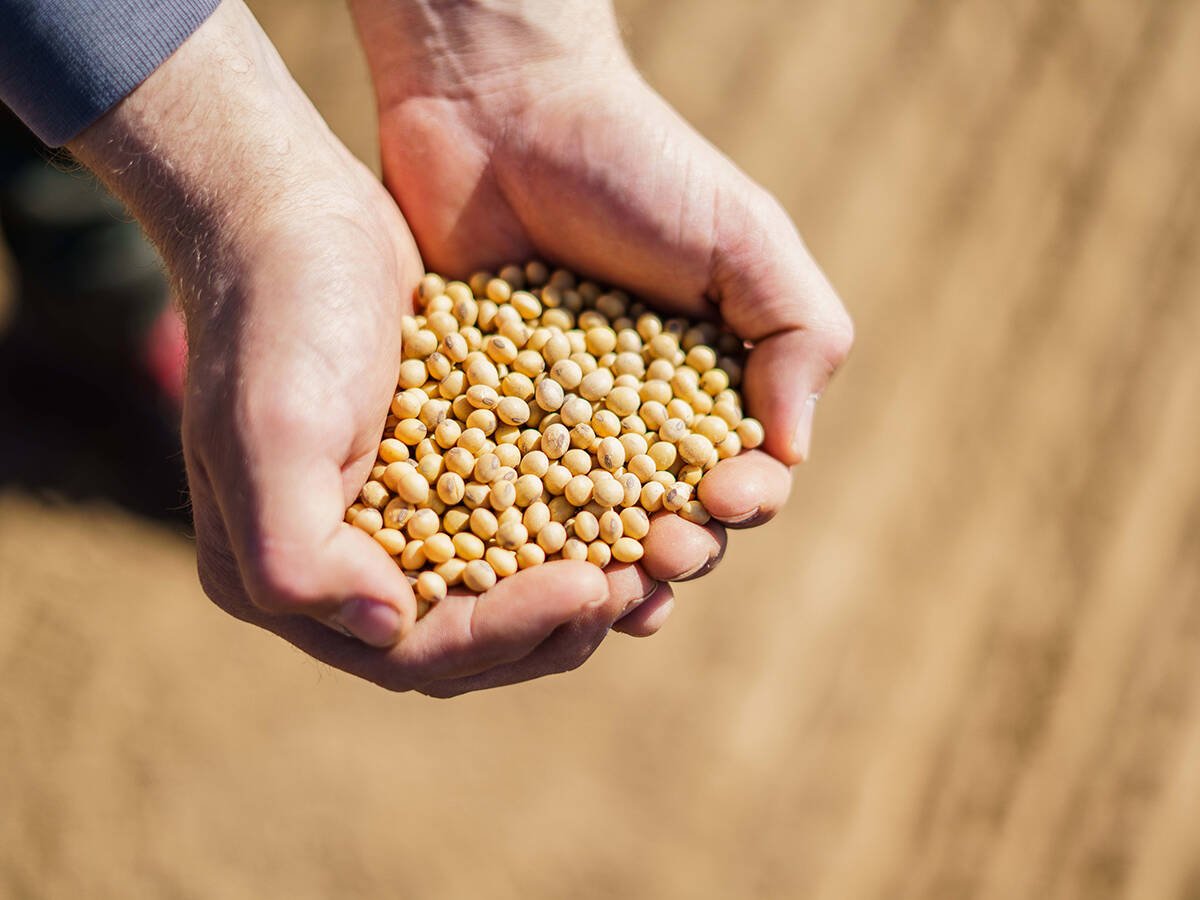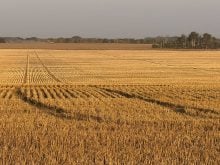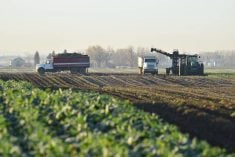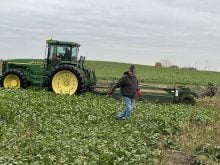The middle of December might not seem like the time to start thinking about overwintering success in winter wheat, but agrologist Mark Akins thinks Christmas is ideal.
“And not just about this winter wheat crop, but how your choices for this spring could allow you to best incorporate a fall-seeded cereal into your rotation,” said the Ducks Unlimited crop adviser speaking to a Dec. 2 workshop held by the Saskatchewan Soil Conservation Association.
Part of the reason for including winter wheat in a rotation is to reduce spring seeding work. However, many growers wait until late May or early June to apply nitrogen to their winter wheat stands.
Read Also

U.S. government investigates high input costs
The USDA and DOJ are investigating high input costs, but nothing is happening in Canada.
“That makes more work at a time when you need to be seeding spring crops,” he said.
“If you get out there and fertilize as soon as the land will support the equipment, you not only get a head start on workload, but get the biggest bang for your fertilizer buck too.”
With the loss of granular ammonium nitrate, 34-0-0, from the arsenal of nutrient choices, producers can help prevent the gassing-off of granular 46-0-0 urea or liquid 28-0-0 by applying their fertilizer before spring seeding begins.
Akins said the cooler temperatures of early spring and likelihood of minor rainfalls in May work well for winter wheat yield and enhanced protein.
Winter is also the right time to assess survival of winter cereals. In late winter, plant crowns, roots and surrounding soil can be removed. Provided the plants are immediately protected from winter’s icy blast, they can be taken indoors and treated in a germination test. If the plants recover and produce new, white roots, they survived the winter.
Saskatchewan Crop Insurance allows producers to reseed if the population drops below seven plants per sq. foot.
Akins said the assessment can be tricky.
“Some parts of the field may be great and others poor. It comes down to a judgment call for the farmer. Or get an agrologist’s opinion in it,” he said.
Fertilizer applications are based on equipment and product availability, but dribble banding urea ammonium nitrate provides the least risk of losing the nutrient to the air.
Akins suggested adding an urease inhibitor to the fertilizer might extend the stability of the nitrogen. Combining that with early fertilizer application maximizes the yield potential by providing nitrogen when the crop is starting to head.
Soil testing provides the best guess for what the crop needs. Akins said the rule of thumb for fertilizer needs ranges from 120 pounds of nitrogen minus residual soil nitrogen for more arid prairie regions in the west, up to 180 lb. in the wetter east.
“The old standby is two lb. of N per bushel of yield goal,” said Akins.
Producers can assess if they have fertilized to capture all the crop’s productive capacity by checking the protein content of their grain in the bin. If it is 11.5 percent or above, then the yield potential was reached.
“And if the crop doesn’t make it for some reason, have a reseeding plan in your back pocket. But plan for all now to take full advantage of the opportunities winter wheat offers,” he said.














